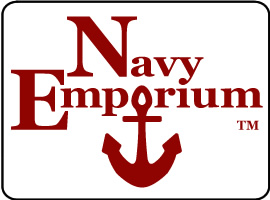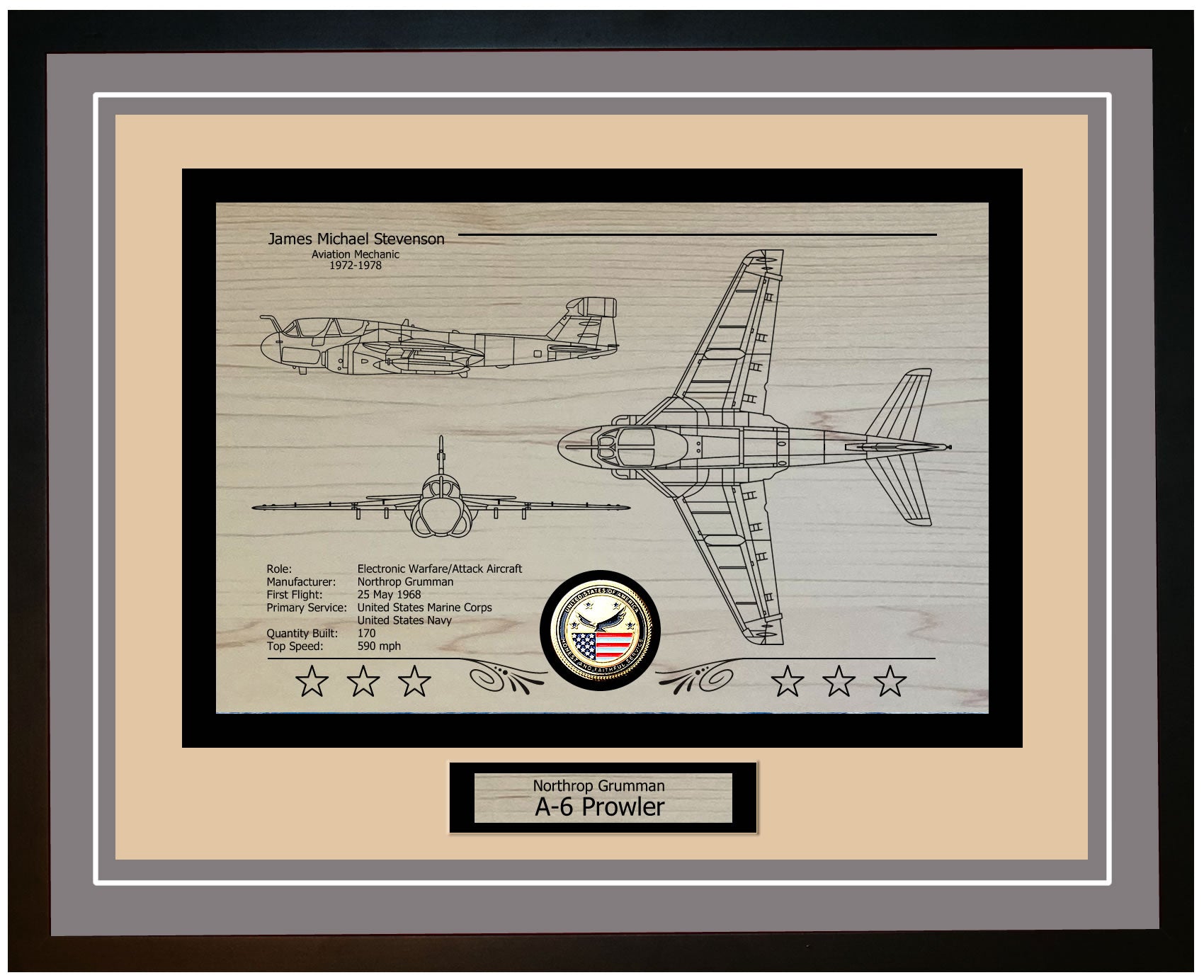The USS Ellyson (DD-454) was a Gleaves-class destroyer that served the United States Navy during World War II, a pivotal period in naval history. Its construction began on December 20, 1940, at the Federal Shipbuilding and Drydock Company in Kearny, New Jersey. The ship was launched on July 26, 1941, and officially entered service on November 28, 1941, just days before the attack on Pearl Harbor, marking the United States’ full entry into World War II. The creation of the Ellyson was part of a larger effort to strengthen the fleet in preparation for increased American involvement in global conflicts.
Named after Theodore Gordon Ellyson, known as "Spuds," the ship honored his significant contributions to naval aviation. Ellyson was the first naval officer to undergo flight training and played an instrumental role in advocating for the integration of aviation into naval operations. His pioneering efforts paved the way for the development of naval aviation, and the USS Ellyson carried on his legacy as a symbol of innovation and commitment.
The Ellyson was equipped with the armament and technology that made the Gleaves-class destroyers formidable during the war. Armed with four 5-inch/38 caliber guns, ten 21-inch torpedo tubes, and various anti-aircraft weapons, the ship had the firepower to engage surface targets, defend against air threats, and engage enemy submarines. It was also outfitted with radar and sonar systems, enhancing its ability to detect and track targets in combat. With powerful engines, the Ellyson could reach speeds of up to 37 knots, making it one of the faster vessels in the fleet, and adding to its versatility as an escort and combat ship.
The USS Ellyson played a significant role during World War II, serving in both the Atlantic and Pacific theaters. It provided essential convoy escort services, protecting vital supply routes from enemy submarines and surface ships. The ship also supported amphibious landings and engaged enemy forces in a variety of combat situations. Its adaptability to different operational needs highlighted the importance of destroyers in maintaining dominance in naval warfare.
The Ellyson was part of the Gleaves class, a class of destroyers designed to address the deficiencies of earlier destroyer types and to meet the changing demands of modern warfare. The Gleaves-class destroyers were specifically built for anti-submarine warfare, convoy escort missions, and surface combat. Their design improvements made them more resilient and effective in combat situations, ensuring their strategic value during the war.
Upon its commissioning in 1941, the USS Ellyson quickly became an integral part of the U.S. Navy's response to the global conflict. It demonstrated the Navy’s dedication to maintaining a capable and agile fleet prepared to meet the challenges of modern naval warfare. The Ellyson’s service history stands as a testament to the vital role that destroyers like it played in ensuring the success of Allied operations, safeguarding supply lines, and supporting land-based forces during the war. Its legacy exemplifies the importance of destroyers in both the tactical and strategic aspects of naval operations during World War II.
USS Ellyson DD-454: A Technological Marvel of Naval Warfare
The USS Ellyson (DD-454), a destroyer of the Gleaves class, was a formidable vessel renowned for its adaptability and technological advancements, which made it a critical asset during World War II. With a length of 348 feet 3 inches, a beam of 36 feet 1 inch, and a draft of 11 feet 10 inches, the Ellyson was designed to balance speed, agility, and firepower. Its hull, constructed from high tensile steel, provided the durability necessary for enduring the intense demands of warfare. The ship's superstructure was meticulously engineered to reduce radar visibility, an important feature at the time that enhanced its survivability in combat by minimizing detection.
Equipped with cutting-edge technology, the Ellyson featured sophisticated systems designed to ensure navigation precision, seamless communication, and effective combat functionality. The ship was outfitted with both radar and sonar systems, crucial for detecting enemy ships and submarines. Its SG radar was specialized in surface search duties, allowing it to detect hostile vessels, while the SC radar focused on air surveillance, providing early warning of incoming aircraft. The ship's sonar equipment, a critical asset in anti-submarine warfare, enabled it to detect submerged threats, ensuring its ability to engage in surface combat and counter submarine threats effectively.
In terms of armament, the USS Ellyson was heavily armed with four 5-inch/38 caliber dual-purpose guns. These guns were versatile, capable of targeting both surface ships and aerial threats. They were mounted in turrets to provide a wide firing arc and deliver significant firepower in battle. To bolster its anti-aircraft defense, the Ellyson was equipped with secondary armament, including two 40mm Bofors and ten 20mm Oerlikon cannons. These weapons played a crucial role in protecting the ship against aerial attacks, particularly during the chaotic and high-stakes engagements of World War II.
Furthermore, the Ellyson was well-prepared for anti-ship and anti-submarine warfare, boasting an arsenal of torpedoes and depth charges. The ship featured ten 21-inch torpedo tubes, arranged in two mounts, capable of launching salvos against enemy ships, enhancing its offensive capabilities. For countering submarine threats, the Ellyson was equipped with depth charge projectors and racks, allowing the ship to deploy charges at various depths and neutralize submerged threats effectively. This combination of torpedoes and depth charges made the USS Ellyson a versatile and formidable contender in naval battles, prepared to confront a variety of enemies and maintain superiority in surface and anti-submarine operations.
The USS Ellyson’s armament and technology played a pivotal role in its effectiveness during World War II. Its ability to engage both surface and air targets, as well as neutralize submarine threats, showcased the versatility and resilience of the Gleaves-class destroyers. The Ellyson’s firepower, technological sophistication, and adaptability made it a crucial asset in the U.S. Navy’s efforts to maintain control of key sea routes, protect convoys, and engage enemy forces during the war.
USS Ellyson DD-454 Crew Member Reports of Time Aboard
USS Ellyson DD-454: Evolution of a Naval Powerhouse
Throughout its distinguished service history, the USS Ellyson (DD 454) underwent a series of upgrades and modifications to remain at the forefront of naval technology and to meet the evolving demands of naval warfare. Initially a member of the Gleaves-class destroyers, the USS Ellyson was armed with five 5-inch/38 caliber guns, ten 21-inch torpedo tubes, and various anti-aircraft weapons. However, as the nature of warfare evolved, so too did the ship, with upgrades that enhanced its performance and extended its operational lifespan.
During World War II, the Ellyson received significant improvements in radar and sonar systems. These technological advancements were crucial for its effectiveness in an era where electronic warfare and advanced detection technologies played an increasingly important role. The upgraded radar systems boosted the ship's ability to detect both surface and airborne threats, while the enhanced sonar capabilities improved its proficiency in anti-submarine warfare (ASW), allowing the ship to detect and track submerged enemy vessels with greater precision.
The USS Ellyson’s mission capabilities also expanded as it adapted to changing naval requirements. Initially tasked with submarine warfare and surface combat, the ship's role grew to include convoy escort missions, providing critical protection for supply routes from both enemy submarines and surface vessels. Furthermore, the Ellyson proved to be a versatile asset during amphibious operations, contributing fire support during shore bombardments, especially during key operations like the D-Day invasion of Normandy. This demonstrated the ship’s ability to handle multiple combat roles simultaneously, from offensive fire support to defensive anti-submarine missions.
The Ellyson’s service during World War II was marked by numerous noteworthy contributions, particularly in the Battle of the Atlantic, where it played a vital role in countering the German U-boat threat. Its success in anti-submarine warfare, combined with its resilience in the face of adversity, earned the ship several battle stars for its service in both the Atlantic and Pacific theaters. During the Okinawa campaign in the Pacific, the Ellyson again showcased its adaptability, fulfilling a variety of roles in the face of intense combat.
After the conclusion of World War II, the USS Ellyson continued to serve with distinction, demonstrating the lasting importance of destroyers in maintaining naval superiority. In 1954, the ship was reclassified as a destroyer minesweeper (DMS 19), reflecting a shift in its role to focus on mine countermeasures. This reclassification brought new upgrades, including the addition of more advanced detection and sweeping tools, which enabled the Ellyson to efficiently clear naval mines, ensuring the safety of Allied ships navigating through potentially hazardous waters.
The USS Ellyson’s ability to transition from a destroyer in wartime to a minesweeper in peacetime underscored its versatility and continued relevance to the U.S. Navy. Its upgrades and ability to adapt to different strategic needs demonstrated the flexibility and technological advancements that defined the Navy during this era. Whether on the front lines during intense combat or performing vital peacetime missions, the Ellyson exemplified the Navy’s commitment to maintaining a capable and evolving fleet. The ship's legacy stands as a symbol of the enduring importance of technological innovation and the adaptability of the U.S. Navy in both times of conflict and peace.
USS Ellyson DD-454: A Chronicle of Valor and Victory on the High Seas
The USS Ellyson (DD 454) had a distinguished service record, playing a crucial role in key conflicts during World War II. Launched in 1941, the Ellyson was initially assigned to the Atlantic Fleet, where it served in convoy escort missions. These operations were vital for ensuring the safe passage of ships through the perilous Atlantic, which was heavily patrolled by German U-boats. The Ellyson’s early missions were defined by vigilance and swift responses to enemy threats, ensuring the safe transport of troops and essential supplies to support the war effort.
As the war intensified, the USS Ellyson took on more direct combat duties. One of its earliest significant engagements was during Operation Torch in November 1942, the Allied invasion of North Africa. The ship provided crucial naval gunfire support, with its accurate and sustained bombardments helping secure a strategic foothold for Allied forces on the North African coast.
In 1943, the Ellyson participated in Operation Husky, the invasion of Sicily. Here, it demonstrated its versatility by providing direct fire support to ground troops and engaging enemy defenses, further solidifying its reputation as a dependable and adaptable warship.
The Ellyson’s service continued in the Pacific Theater, where its role evolved. In 1944, it was converted into a high-speed minesweeper (DMS 19), which proved essential during the Battle of Leyte Gulf, one of the largest naval battles in history. The Ellyson's minesweeping efforts cleared safe passage for the invading forces, contributing significantly to the success of the operation.
The ship also participated in the invasions of Iwo Jima and Okinawa, where it carried out minesweeping operations while also providing critical fire support for ground forces. Its actions during these campaigns were integral to the Allied success in the Pacific, directly contributing to the eventual victory in the region.
Throughout its service, the USS Ellyson earned numerous accolades for its performance and the bravery of its crew. It was awarded the Presidential Unit Citation for its courageous actions in combat and earned multiple battle stars for its participation in major operations across both the Atlantic and Pacific theaters. These honors underscore the ship’s significant role in supporting the Allied war effort and solidify its legacy as a formidable and respected vessel in the United States Navy.
USS Ellyson DD-454 Ship Specifications
| Specification | Details |
|---|---|
| Class | Gleaves Class Destroyer |
| Commissioned | November 28, 1941 |
| Displacement | 2,395 tons |
| Length | 348.3 feet |
| Beam | 36 feet |
| Draft | 13.1 feet |
| Speed | 35 knots |
| Complement | 16 Officers 260 Enlisted |






